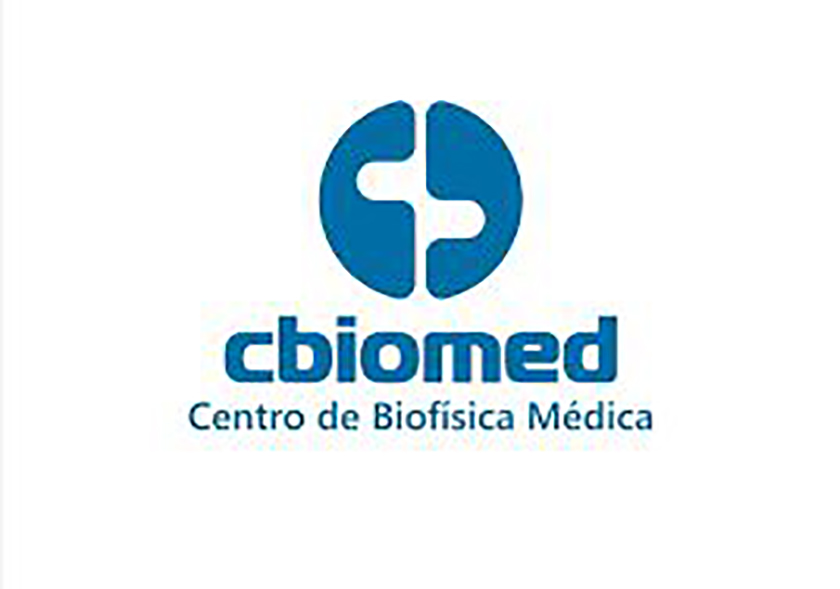Medical Biophysics in Cuba, 30 years at the service of science and innovation


Under the premise of developing innovative productions, the Center for Medical Biophysics (Cbiomed), since its foundation on February 10, 1993, has ventured into the manufacture and commercialization of medical equipment with the creation of three magnetic resonance tomographs, a historical milestone in industrial engineering and science in Cuba, in addition to being pioneers in Latin America.
In the 1990s, the institution launched the first magnetic resonance system, the Giromag Relaxometer, and a year later, the whole-body nuclear scanner, the only one of its kind in the region.
Subsequently, a derivation of new imaging equipment and diversification of research lines consolidated the portfolio of projects and strengthened the mission and vision of this science and technology institution: to promote nano-biotechnology, muscle rehabilitation and technologies for cardiovascular studies.
Its specialists, from this line, ventured into areas of vital interest to raise the quality of health through biomedical technologies such as the Imagis 2.0 Software and Angiodin PD 3000, important for diagnosis and medical treatment, with the opportunity to maintain and increase the quality of life standards of Cubans.
Alberto Lopez, director of the institution attached to the University of Oriente, informed the Cuban News Agency about the current incursion in five main areas: magnetic resonance, applications and technologies for vascular studies, human movement studies, rehabilitation methods and therapies based on ionizing radiation and decision making on biomedical data.
The specialist stated the projections aimed at continuing the lines of research with a cycle closure, mainly for export, and that they are venturing into other areas such as sports and agriculture.
As a Science, Technology and Innovation entity, the main aspiration is to become a High Technology Company, through the support of four international projects, one national, one sectorial and six institutional projects, which patents the growth, and at the same time the registration of five trademarks and two industrial models of its equipment was achieved.
Lopez explained the innovation of the intelligent medical case, which will have a set of wireless elements and devices that will be used to support the diagnosis and verification of some pathologies by specialists, mainly in remote or difficult to access places.
As a challenge, the Doctor of Science pointed out the introduction of the center’s workers in nanotechnology, a new line of research in which they are preparing to obtain knowledge and equipped laboratories.
Manuel Lores, a specialist at Cbiomed, assured that the best recognition is the contribution to the country during three decades, since the tomographs manufactured in this emblematic institution had a useful life of approximately 10 years each, with 30,000 studies performed, and others, such as the Imagis, have been in operation in hospitals for 20 years, as a support for the transmission of medical images.
According to estimates, these devices, installed in healthcare centers in the eastern part of the country, have made it possible to treat 100,000 patients, and more than 200 systems for cardiovascular studies have been exported to countries such as Venezuela and the Dominican Republic, he said.
In addition, from the scientific point of view, it has been and is a great challenge and heroism of the professionals of the Universidad de Oriente, for being pioneers in the development of technologies and today we continue with the same impetus, promoting the science of Fidel Castro, he concluded.
Medical Biophysics, 30 years old, is defined as a center of history for its contributions to the health system, of reality because it evolves technology, and of future by involving young people in each program and inserting students, with the motivation to become men and women of science.


